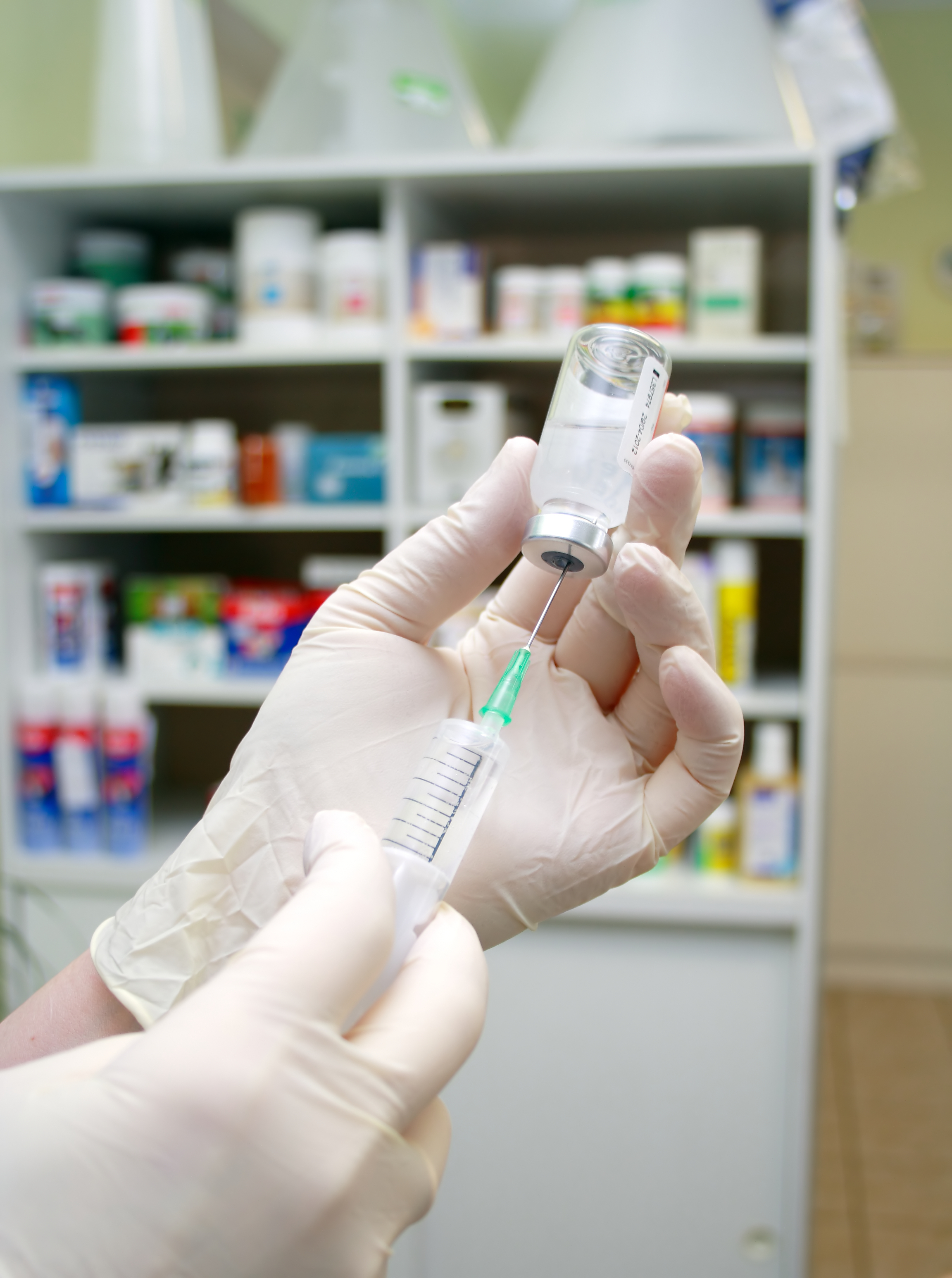Medical Brief 300 - 30 April 2020
"Early identification of potential patients and diagnosis followed by isolation are critical for controlling the current COVID-19 pandemic and flattening the curve. This study describes a novel method that may enable decentralised facilities to deliver faster test services for COVID-19 to more people.
Diagnostic testing for SARS-CoV-2, the causative viral pathogen of COVID-19, is critical to detecting the virus, understanding its epidemiology, informing case management, and suppressing transmission. Diagnosis currently relies mainly on methods involving RT-qPCR (reverse transcription quantitative PCR), but their capacity is limited by the availability of high-level facilities and instruments.
Lead investigator Dr Jin-Soo Maeng, Centre for Convergent Research of Emerging Virus Infection, Korea Research Institute of Chemical Technology, Daejeon, and research group of food processing, Korea Food Research Institute, Wanju-gun, Republic of Korea, and colleagues developed and evaluated RT-LAMP (reverse transcription loop-mediated isothermal amplification) assays to detect genomic RNA (ribonucleic acid) of SARS-CoV-2. RT-LAMP is a one-step nucleic acid amplification method that is used in the diagnosis of infectious diseases caused by bacteria or viruses.
The investigators first designed LAMP primer sets targeting genomic regions specific to SARS-CoV-2 compared to other human pathogenic coronaviruses. Through subsequent screening for sensitivity and reaction time, they found two promising LAMP primer sets. They then optimized RT-LAMP reactions for each of the two sets and evaluated the limit of detection and the specificity to other coronaviruses.
The RT-LAMP assays in this study were able to detect as low as 100 copies of SARS-CoV-2 RNA. Cross-reactivity of RT-LAMP assays to other human coronaviruses was not observed. The primer sets were used as the starting point and coupled with crystal violet colorimetric detection, which may increase test throughput. The reaction can be performed and interpreted with a very simple instrument such as a drying oven or water bath. The performance of assays may be further modified by adopting other detection methods and using other enzyme systems."
Read more:




